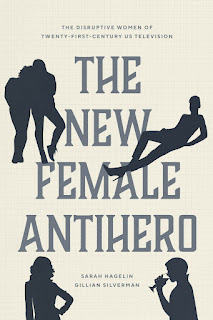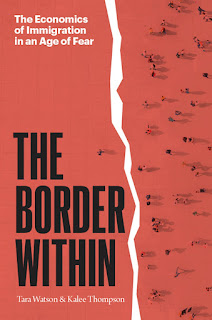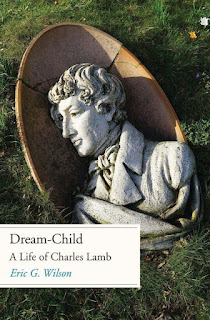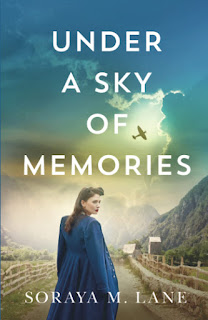
The entry begins:
My main character is Isobel, a young gamer who for years has held the title of Queen of Sparkle Dungeon, which is a medieval rave-themed VR MMORG. She’s brash and cocky, and also pretty hilarious, but if you’re in her raiding party she always tries to have your back. Her life out in the “mundane world” of work and relationships is a mess when we meet her, but she starts to put herself back together as the story gets going, and then she realizes there’s more to the game by far than she understood.Visit Scotto Moore's website.
When I first saw the prompt here, without even trying to come up with a list, the first name that popped into mind almost immediately was Miley Cyrus. The persona she uses as a rock star, combined with the chops she has as an actress, would be a great foundation for a memorable performance as Isobel. She has a counterpart eventually, a genius computational linguist / underground resistance leader, and I would try to get...[read on]
My Book, The Movie: Battle of the Linguist Mages.
--Marshal Zeringue














































